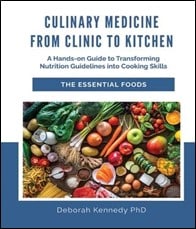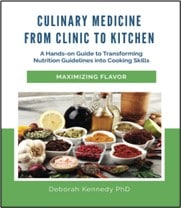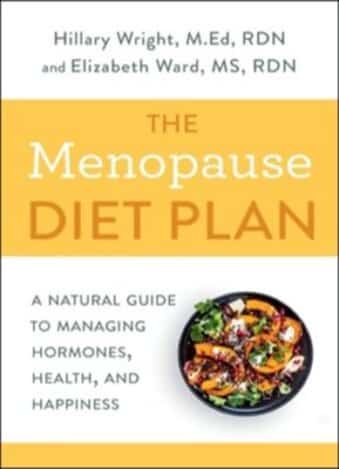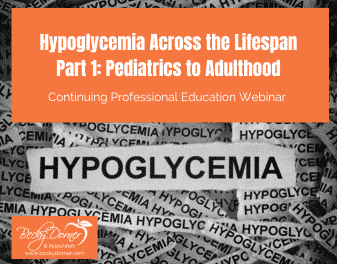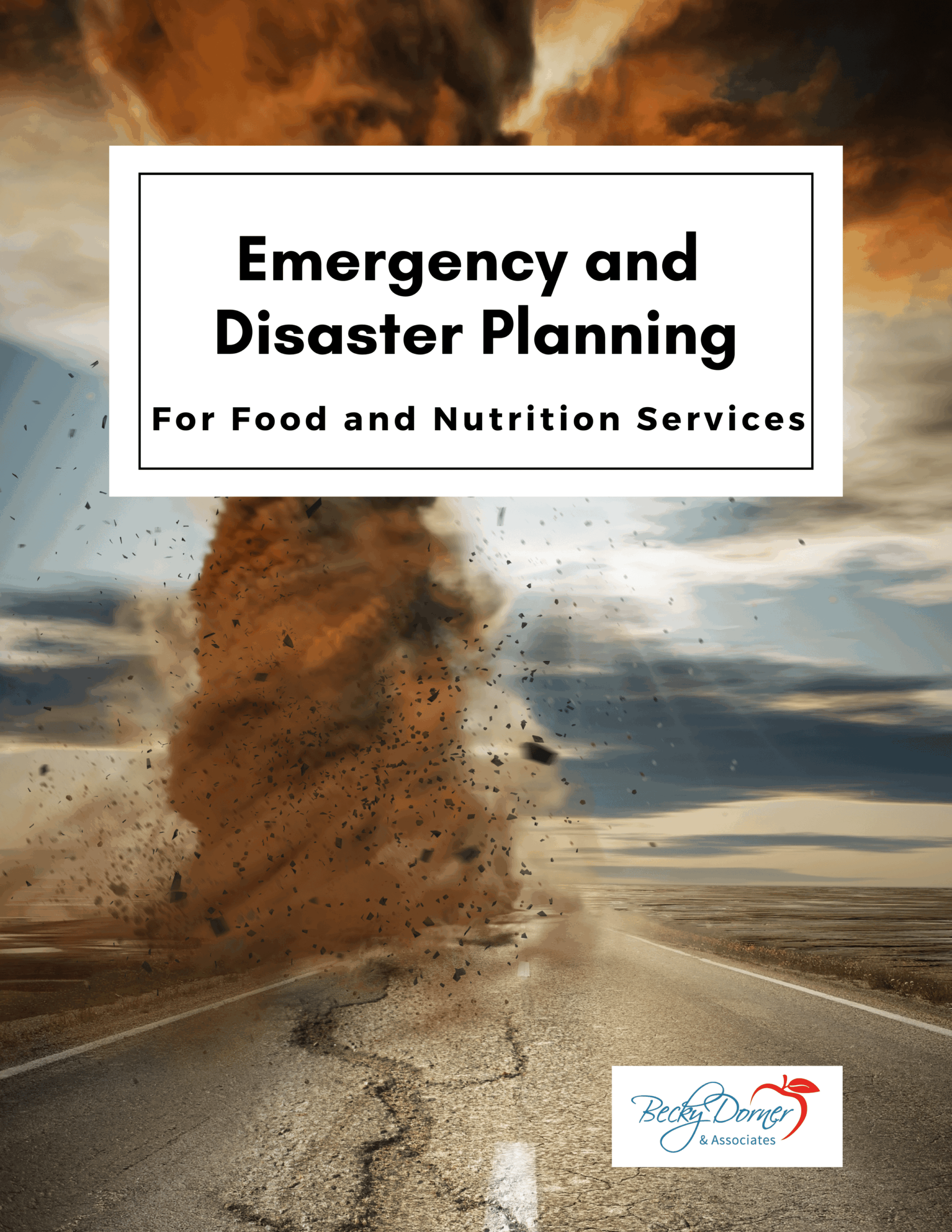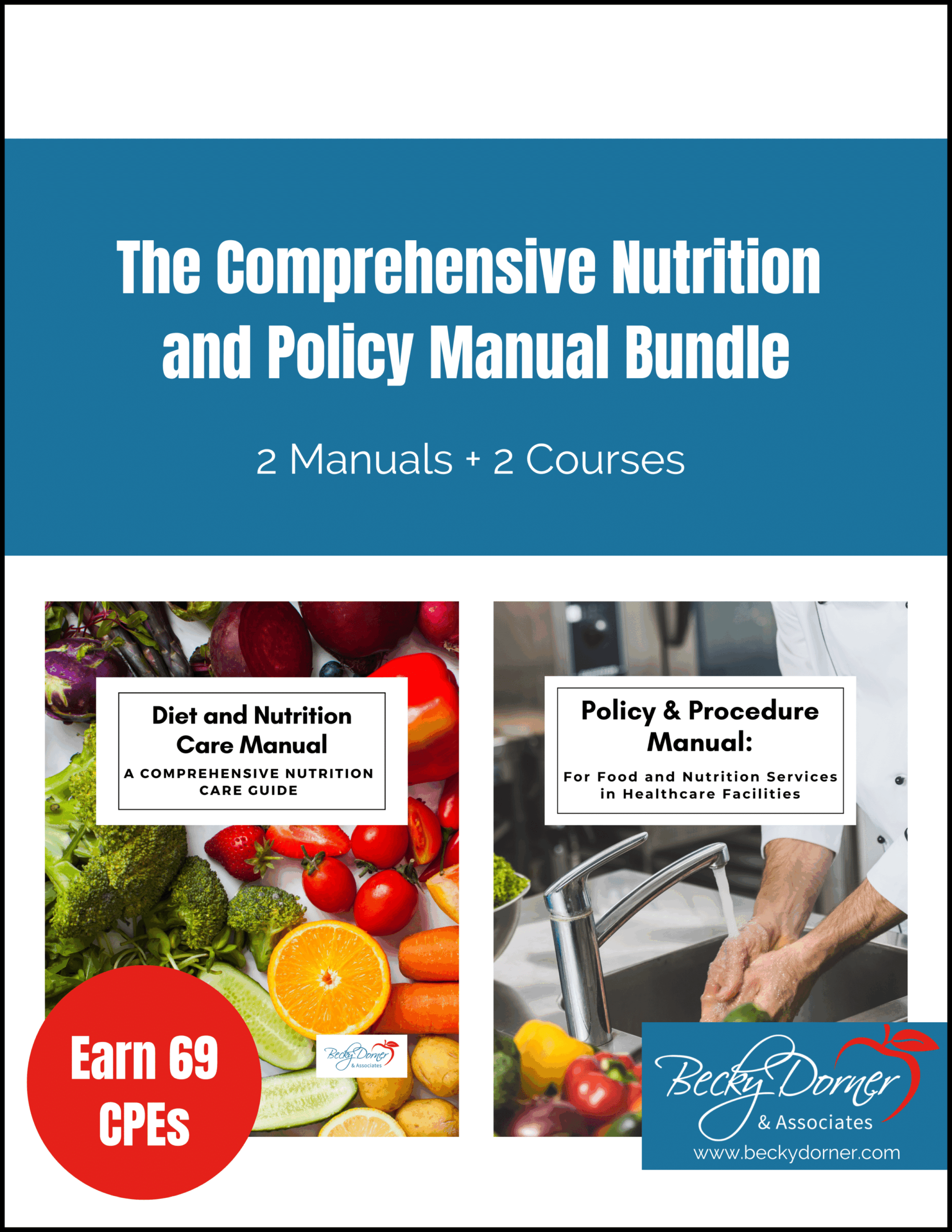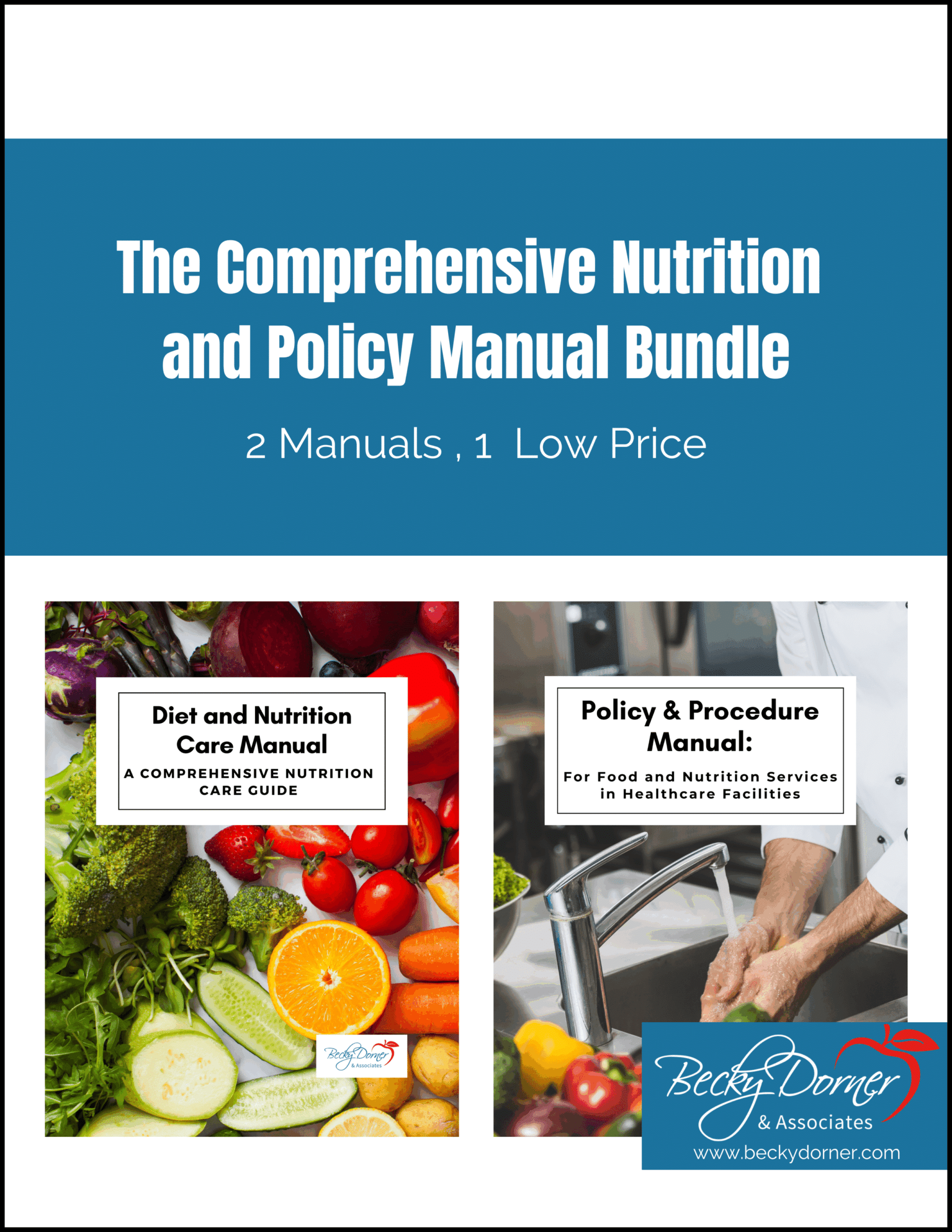
Critical illness such as trauma, injury, burns, wounds, pressure injuries, major surgery, or sepsis cause a stress response that can result in hypermetabolism, increased catabolism, and loss of lean body mass (LBM). This type of elevated energy expenditure is also associated with chronic inflammation.1 As a result, patients under stress may experience unintended weight loss and acute disease or injury related malnutrition or chronic disease-related malnutrition, resulting in immune impairment, weakness, and increased risk of pressure injuries. The stress response that results in malnutrition may be harder for older adults to recover from because they are already predisposed to poor functional outcomes and quality of life.2 Understanding the reasons why this happens can help clinicians understand how to treat patients under stress.
Metabolic responses during stress or trauma have a dramatic impact on the body. The reactions include increases in resting energy expenditure (REE), breakdown of protein and branched chain amino acids, nitrogen loss through the urine, and conversion of protein to glucose for energy use.3
Proinflammatory proteins called cytokines are released in response to inflammation resulting from stress, tissue damage, or infection. Cytokines stimulate cell growth, cause signs of infection such as fever, contribute to metabolic changes and changes in the gastrointestinal system that can create anorexia and malaise.3 The release of cytokines stimulates an increase in the catabolism of lean body mass. At the same time, counter-regulatory hormones (such as glucagon, cortisol and catecholamines) are released. These hormones mobilize fatty acids, promote breakdown of glucose, and the conversion of dietary protein to glucose for energy. As a result, energy production becomes increasingly dependent on dietary protein, and branched-chain amino acids fuel the muscles.3
Metabolic stress causes poor utilization of carbohydrate, protein and fat and results in rapid breakdown of lean body mass (LBM). Fat metabolism increases to create energy. This series of events results in an acute malnutrition in which albumin, transferrin, prealbumin and retinol-binding protein decrease because of inflammation. C-reactive protein may increase during the inflammatory response.4 A negative nitrogen balance occurs due to rapid loss of LBM, resulting in muscle wasting. Hyperglycemia is also common during stress as the body rushes to produce energy, but simultaneously reduces the production of insulin. At the same time these catabolic activities are taking place, anabolic hormones such as testosterone and growth hormone decrease, resulting in a decrease in tissue synthesis.5
Lean body mass makes up 75% of body weight mostly in the form of muscle, bone, and tendon, and provides the majority of the body’s protein including visceral protein, collagen, enzymes, antibodies and growth factors. Protein is critical for growth and maintenance, fluid and electrolyte balance, acid-base regulation, blood clotting, enzymatic functions, metabolism, and immune function.6 Nutrition interventions, including provision of adequate protein, calories, and fluids can help manage the metabolic effects of prolonged stress by meeting increased needs that are related to the stress response. Individualized nutrition assessment and intervention that reflects the type of stress a patient is experiencing is needed to develop the appropriate nutrition intervention to prevent or treat malnutrition.
References:
- Posthauer ME, Dorner B, Chu AS. Nutrition and wound care. In: Baranoski S, Ayello EA. Wound Care Essentials: Practice Principles. 5th ed. Philadelphia PA: Wolters Kluwer. 2020;242-269.
- Munoz N, Litchford M, Cox J, et al. Malnutrition and pressure injury risk in vulnerable populations: application of the 2019 International Clinical Practice Guideline. Adv Skin Wound Care. 2022 Mar 1;35(3):156-165. doi: 10.1097/01.ASW.0000816332.60024.05.
- Brown B, Hall K. Medical Nutrition Therapy in Critical Care. In: Raymond JL, Morrow K. Krause and Mahan’s Food & the Nutrition Care Process. 15th ed. St Louis MO: Elsevier; 807-822.
- Escott Stump S. Surgery and Nutrition Support. In: Nutrition & Diagnosis-Related Care. Ninth edition. Chicago IL: Academy of Nutrition and Dietetics; 2022:1046-1090.
- Escott Stump S. Immunology and Critical Care. In: Nutrition & Diagnosis-Related Care. Ninth edition. Chicago IL: Academy of Nutrition and Dietetics; 2022:1092-1138.
- Demling RH. Nutrition, Anabolism, and the Wound Healing Process: An Overview. Open Access ePlasty. 2009; 9:e9. https://www.ncbi.nlm.nih.gov/pmc/articles/PMC2642618/#__ffn_sectitle. Accessed October 25, 2022.
Originally published June 14, 2012.

